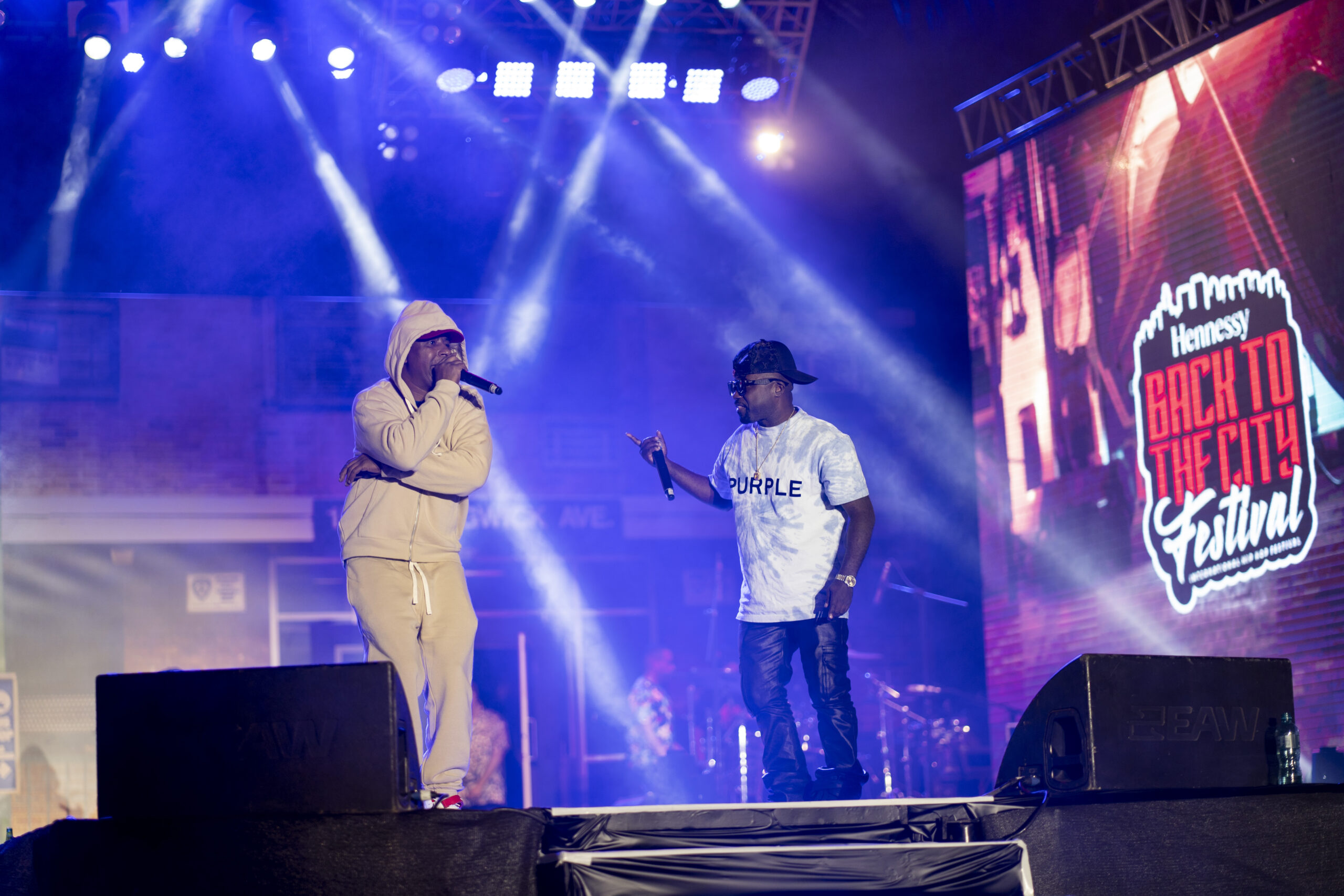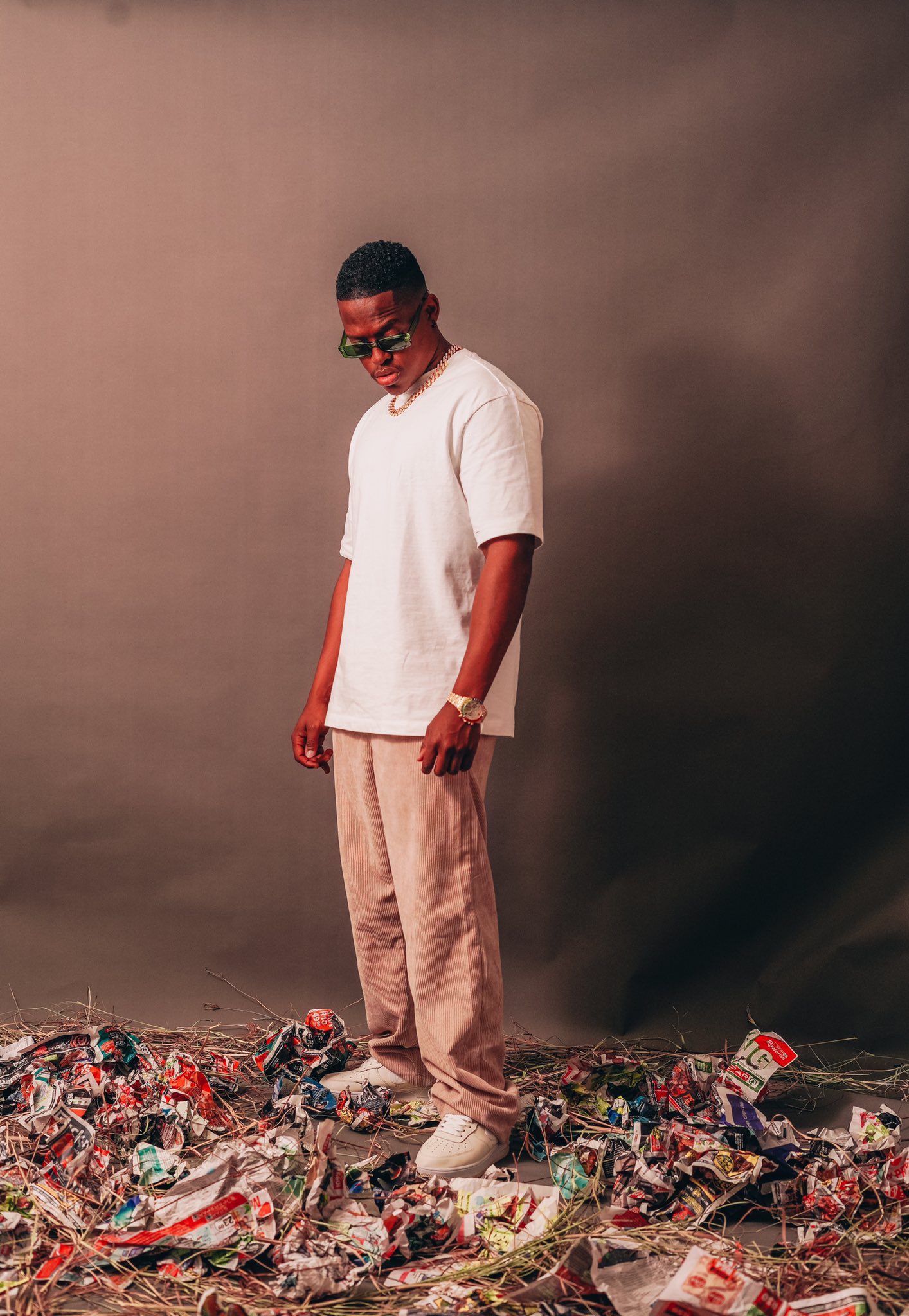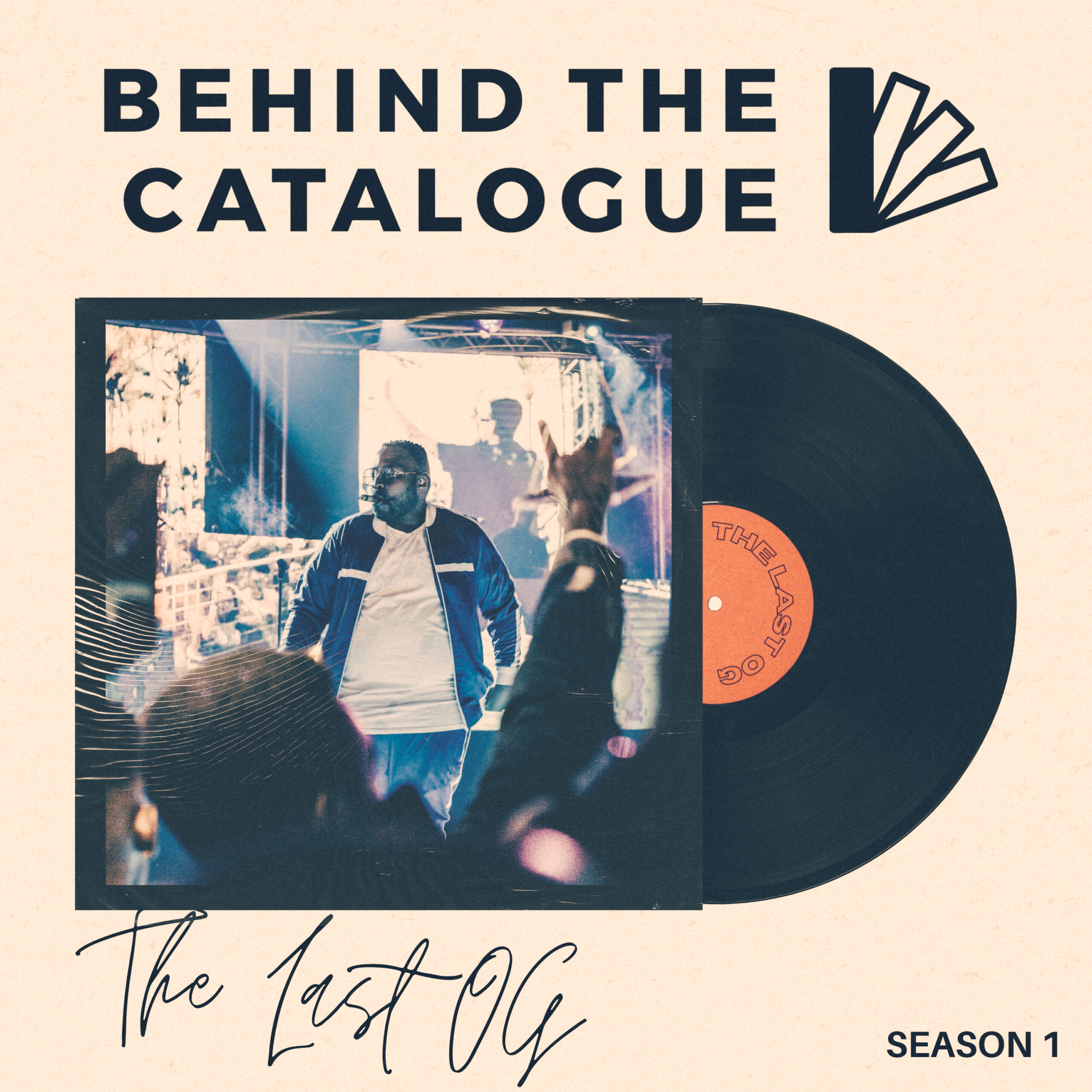Words by Mercia Tucker
“It was the first dominant rap group with the most dominant MC saying something that meant something.” Chuck D said this of Grandmaster Flash and the Furious Five’s The Message.
The recreation room of the apartment building at 1520 Sedgwick Avenue in the West Bronx is listed by the New York State Office of Parks, Recreation and Historic Preservation as the official birthplace of hip hop. It was here that an 18 year old DJ Kool Herc played to a few hundred kids at a back to school party in his personal ‘merry-go-round’ style of switching between percussion breaks in the track and lining them up for breakers to dance to, and birthed a style that blueprinted the way that hip hop was interpreted going forward.
Grandmaster Flash, inspired by Herc, was determined to become a DJ and hone the craft as a result and after years of block parties and live performances, the Sugar Hill Gang’s Rapper’s Delight convinced him of the successful addition to the burgeoning culture of studio recordings. Where the industry was predominantly dance music and party-oriented, the head of Sugar Hill Records, Sylvia Robinson, conceptualised a more serious track reflecting the status quo of inner-city life. With the lyrics “Don’t push me ‘cos I’m close to the edge, I’m trying not to lose my head” Flash’s Furious Five crew delivered a track that encapsulated this perfectly.

The nascence of hip hop coincided with many cultural shifts in the Bronx at the time. The G.I. bill of 1944 afforded white families the opportunity to flee to the suburbs in the 60s with government-legislated and administered benefits leaving the inner city areas populated with minorities in housing projects. The construction of the Cross Bronx Expressway destroyed at least 60,000 homes, lowering property values, and a wave of arson swept the borough with property owners razing their buildings to the ground in an attempt to receive insurance payouts for property that could not sell to recoup their investments.
The early 70s was also on the tail end of the civil rights movement with communities adjusting to the legislative changes but still navigating the day-to-day despair of the effects of wholesale discrimination on people of colour. In 1977, in the middle of a heatwave, the city suffered a blackout that initiated a wave of looting, theft, and vandalism, and that Grandmaster Flash believes had a huge impact on hip hop. “After the riot, there were suddenly a million crews with stolen turntables” he said. Sceptical as a source for the rise of hip culture, the violence surrounding the blackout highlighted the despair of the people; the borough was awash with crime, gangsterism and poverty in this urban decay.
The genre quickly moved to become the catharsis of a frustrated and marginalised group of people, The Message being the first vessel of that frustration in a hip hop context. Author of the book Can’t Stop Won’t Stop: A History of the Hip-Hop Generation, Jeff Chang says “not to say that all hip-hop is political, but hip-hop comes out of that particular political context.”

NWA’s Fuck tha Police was a response to the scourge of police brutality taking over LA. After the death of Rodney King at police hands many years later and the violence LA was plunged into with the riots that ensued, it became the soundtrack of a city. Dead Prez’s I Have a Dream Too and KRS-One’s Sound of Da Police echoed similar sentiments. Immortal Technique’s Peruvian Cocaine, Lupe Fiasco’s Words I Never Said, Tupac’s Changes and a slew of other rap songs lament the state of black life in the US, the government’s institutionalised racism and social injustice.
Closer to home we have the likes of Tumi Molekane who, with the POWA mixtape created a discourse via musical interpretation of the scourge of rape in the country. Centred around Akona Ndungane’s I Said No campaign and with narrations of her experience with rape, it was a raw account. Executed brilliantly, it brought attention and conversation on the subject to an audience that might easily overlook it on another platform. Social discourse wasn’t unfamiliar territory to him as he’d previously released tracks like Yvonne and ’76; both revered for their messages on rape and freedom respectively.
As heterogeneous as the community/racial group that birthed the culture is, the content has fallen the same way. Whether it’s the lean-drinking and bands-popping of trap, the gun-toting and drug dealing of gangsta rap, or the melodic crooning of pop rap that have seen more of the spotlight in recent years, politically motivated/socially conscious rap still has a place in it.

Apart from the fact that not much of the socio-economic circumstances of the black population has changed in a wholescale way since the 70s and the issues communities faced decades ago require the same attention today, activism has grown to encompass other pressing issues in all spheres of society and music is still as powerful a conduit for its discussion.
“Art as self-diagnosis and self-medication, art as narcissism and service.” – Mreeuh Chang. Music is just as spiritual an experience as any pulpit you may find yourself prostrated before. It’s for this reason we find solace in a verse. When Chance the Rapper says “I know you scared/ You should ask us if we scared too/ I know you scared/ Me too” or when Syd tha Kid says “Did you see the news last night? They shot another one down/Does it even matter why? Or is it all for nothing? / Father, who art in heaven. Is this what you wanted? When you made your creation?” we see ourselves in their lyrics. Powerful and emotional music prompts a visceral reaction that provides a release.
Where trap beats and luxurious lifestyles seem to have dominated the hip hop market recently, nowhere has the need for socially conscious music by the public been more evident than with Kendrick Lamar. His conceptual album good kid, m.A.A.d city having already laid the framework for lamenting the status quo, Alright off his sophomore became the unofficial anthem of Black Lives Matter protests and civil unrest that swept the US in 2015.

After a conference on activism in Cleveland, in July 2015, police attempted to arrest a 14-year old boy and after the conference activists confronted the police about it, it quickly devolved into an altercation after they were pepper sprayed to subdue them. After eventually releasing the boy into his mother’s custody, the crowd – overjoyed – began chanting “We gon’ be alright!” to Kendrick’s tune. It’s the new Negro spiritual; an affirmation of black excellence, a snapshot of hope in despair.
Kendrick, however, isn’t without criticism. In an interview with Billboard magazine he said “I wish somebody would look in our neighborhood knowing that it’s already a situation, mentally, where it’s fucked up,” he said. “What happened to [Michael Brown] should’ve never happened. Never. But when we don’t have respect for ourselves, how do we expect them to respect us? It starts from within. Don’t start with just a rally, don’t start from looting — it starts from within.” The last line of The Blacker the Berry off To Pimp a Butterfly, which celebrates blackness, says “Why did I weep when Trayvon Martin was in the street? / When gangbanging make me kill a nigga blacker than me? / Hypocrite!” The backlash was scathing; rightfully so.
A few weeks ago Tumi Molekane tweeted “My wife a lawyer you a Kong girl. Tsek” After going viral, the incendiary tweet was quickly deleted. The backlash was scathing; rightfully so. Janine Jellars, an editor at Huffington Post, tweeted in response “I’d die if my husband was on social media weaponising my achievements to put other women down.”

In a turbulent social climate where people of all walks of life are fighting just to exist peacefully, what has become evident is that hateful behaviour and rhetoric will not be tolerated. Hate’s manifestation is not only in its overt gestures. It’s not just the burning of white crosses and lynching of black bodies that demonstrate it. It’s not only the violating of women’s bodies and psyche’s with the violence of rape that entrench it and further misogyny. Hate is normalised by our words and our actions, however subtle. It’s in the social conditioning of the Madonna/whore binary that most women are subjected to, it’s in the false equivalency that black on black crime begets, or can be likened to, police brutality on a wide scale.
While society is still in desperate need of socially conscious hip hop, what rappers need to realise is that if you’re gonna talk about it, be about it. What society won’t tolerate is fence-sitting and blurred lines about your politics, you’re either for us or against us.
As Teju Cole said “Writing as writing. Writing as rioting. Writing as righting. On the best days, all three.”





